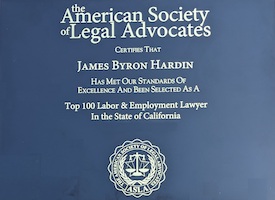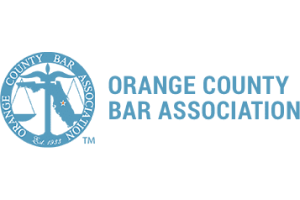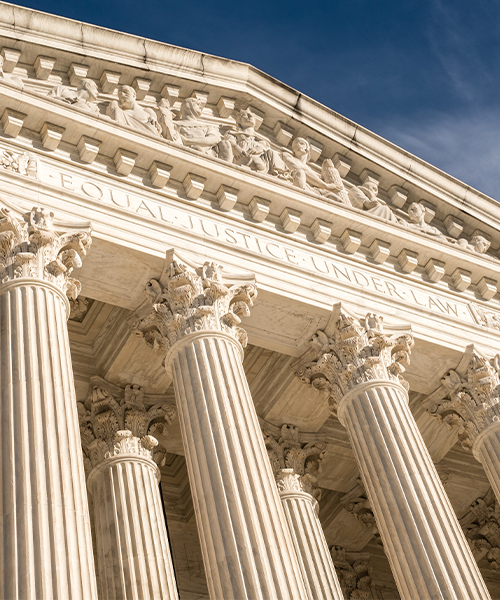What is Wrongful Termination?
Losing a job is an incredibly stressful situation, especially when it occurs out of nowhere. If you believe you were wrongfully terminated from your California job, you may be entitled to lost wages. In order to determine whether or not you have been unlawfully fired, it is important to understand what constitutes wrongful termination.
To start, the state of California considers employment as at will. This means that your employer does not have to give cause or even notice when firing an employee, which makes proving wrongful termination incredibly difficult. Although employment at will can make wrongful termination cases more challenging, there are still viable legal remedies available.
Types of Wrongful Termination
The California state policy that establishes employment at will creates a flexible work environment for both the employee and employer, however it can cause issues down the line should one party choose to sever ties.
Even with increased protections for employers with respect to their ability to fire without cause or notice, if it violates a law or public policy then it is illegal. A few examples of wrongful termination that violate public policy or the law include, but are not limited to:
Harassment
The legal definition of harassment according to the Fair Employment and Housing Act is any behavior that is unwelcomed which is pervasive or sever towards an individual. Harassment can be sexual or non-sexual and can feel incredibly debilitating for the victim being subjected to it. The main types of harassment are, but not limited to:
- Quid Pro Quo: This type of harassment occurs when a supervisor or co-worker requests sexual favors from an individual in exchange for a work-related advantage or as a preventive measure to stop the threat of adverse effects to your job.
- Hostile Work Environment: A hostile work environment occurs when an individual is subjected to offensive behavior by a colleague or supervisor that creates a toxic work environment.
Discrimination
In the workplace, discrimination can occur when a supervisor or co-worker treats an individual unfairly because of one or more of these protected classes:
- Sex or Gender;
- Sexual Orientation;
- Age;
- Religion;
- Race;
- Nation of Origin;
- Marital Status;
- Veteran or Military Status.
Retaliation
Firing an employee as a retaliation tactic is illegal and protected by the Equal Opportunity Commission. Retaliation firings can be a result of an employee speaking out about unfair treatment or any issue they are affected by. A few examples that can lead to retaliation firing are, but not limited to:
- Filing a harassment or discrimination claim against a coworker or supervisor;
- Filing for workers’ compensation;
- Refusing or reporting illegal activity;
- Bringing attention to or refusing to work in unsafe conditions;
- Reporting or requesting lost wages;
- Taking or requesting medical leave.
How to Understand Your Rights
Although wrongful termination can be difficult to prove, with the right legal team, you will be able to defend your rights. If you were fired and believe that it was unlawful due to a violation of public policy or law, then contact our the experienced employment attorneys at Hardin Law Group to learn what legal action can be taken today.





















